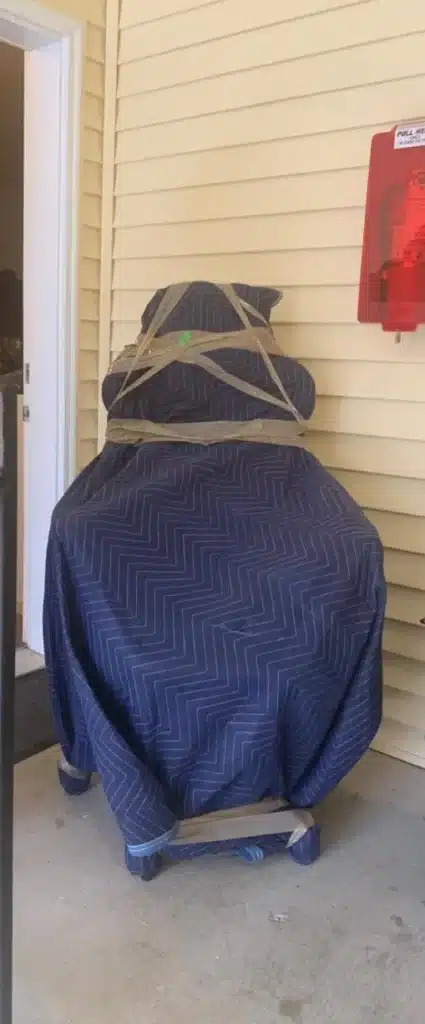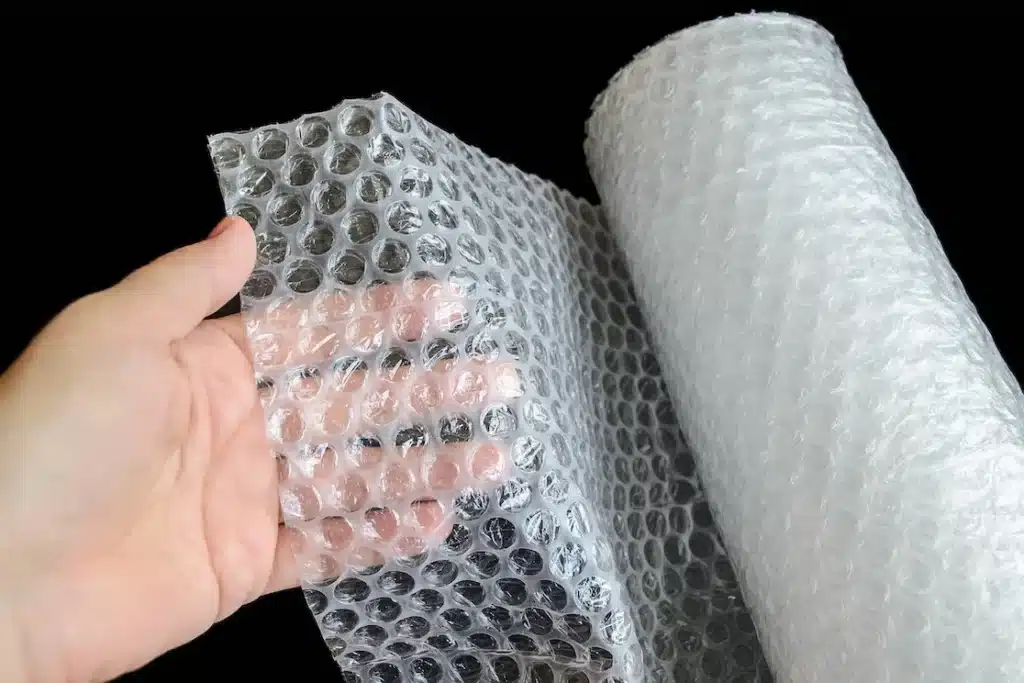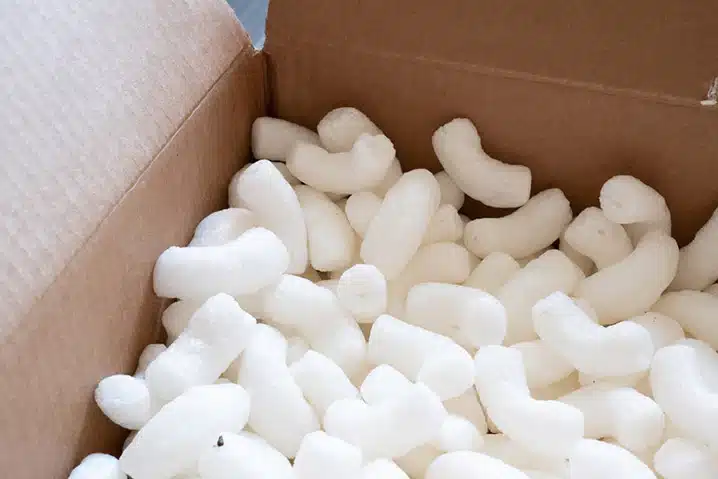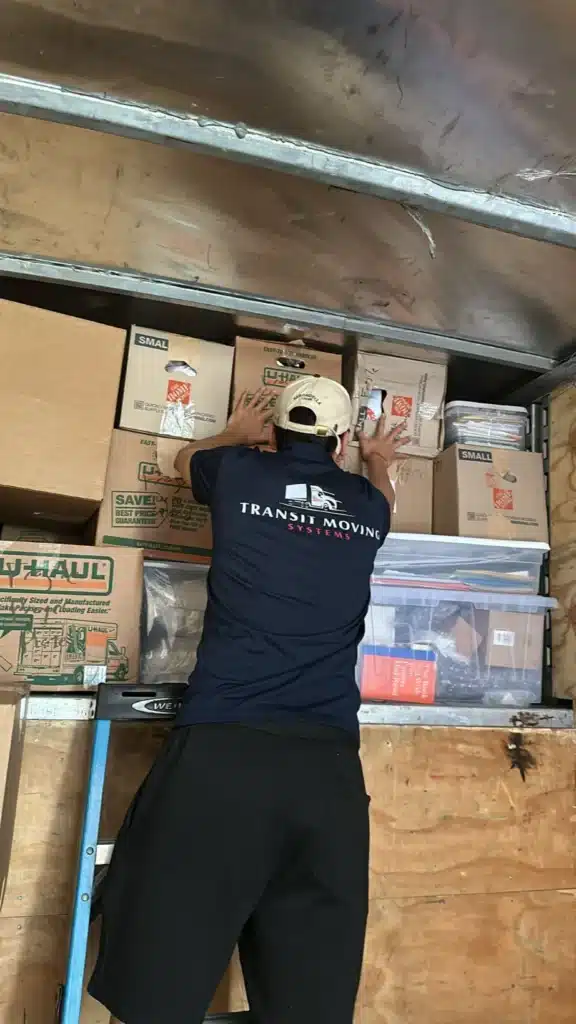So, you’ve found your dream house across town. Now comes the tricky part: moving your things without breaking anything! Transit Moving Systems has helped countless clients pack up their lives (and unpack). We can tell you that choosing the right packing materials can make all the difference.
But how? That’s what we will cover today. With proven statistics and facts, you can be sure you made the right choice by the end.
Why Do Packing Materials Even Matter?
So, you’re still not convinced packing materials matter? Let us tell you a quick story. Last summer, we helped a friend move their home office.
We told them over and over, “stop trying to save a buck on packing materials!” but they didn’t listen to us!
The result? More than 25% of their items came damaged or even broken. With the right packing materials (and the way you put things into the box!) you can easily get this number to 10% or lower.
Making the right choice can save you money on insurance in the long run. Your insurance may recommend some options over others, making it a clear choice.

Bubble Wrap - Classic, Fun & Popping
Bubble wrap has remained popular since 1957 for reasons beyond just being fun to pop!
Air bubbles create multiple layers of shock absorption. Standard bubble wrap provides about 3/16 inch of cushioning per layer, which can absorb impacts of up to 50G’s. That’s 50 times the force of gravity!
This bubble cushion is both cheap and versatile, but, plastic is plastic, so it isn’t biodegradable. Plus, for heavy duty items, this may not be the best choice, as their weight may be more than the actual bubble wrap.
Pro tip: not all bubble wrap brands are the same, make sure you don’t cheap out TOO much on it!

Packing Peanuts - Lightweight Cushions
These packing pellets are ALSO a classic. They create wgar packaging experts call “void fill” – filling empty spaces so items can’t shift around. The average box filled with packing peanuts can absorb up to 95% of impact energy during typical handling.
Now at first, you may think, “these are horribly non-eco-friendly!” But much has changed over the past few years. Biodegradable packing peanuts are the craze, and will let you sleep well at night that no turtles are being harmed. Plus, studies show they preform just as well as traditional packing materials.

Packaging Tape - Wrapping Delight
Some tape is better than others! The average moving box needs 2-3 strips of anti static packaging tape to secure it properly. There are so many types of tape, that we can’t simply compare it to the other options. So let’s go over the different versions:
- Brown tape: Best for standard boxes (holds up to 30 lbs)
- Reinforced tape: Essential for heavy boxes (supports up to 60 lbs)
- Paper tape: Great for lightweight items but needs more layers
- Strapping tape: Perfect for securing bundles or reinforcing heavy boxes
Remember that temperature matters too! Most packing materials, including tape, perform 20-30% worse in extreme temperatures above 90°F or below 40°F.

Which Cardboard Boxes Are The Best?
The humble shipping box might seem simple ar fist, but there’s real science behind it. Corrugated cardboard boxes are rated by their Edge Crush Test (ECT) value. This measures how much weight they can stack before collapsing.
A standard single-wall box has an ECT of 32, supporting about 30-35 pounds. Double-wall boxes can handle up to 80 pounds with their ECT of 48.
For books and heavy items, always go with double-wall boxes under 1.5 cubic feet in size. Why? Because the average person can safely lift about 35-40 pounds without strain, and limiting box size naturally limits weight.
So, Which One Is The Best Packing Material For You?
The fact is, you cant simply just use one of these materials, that’s the real mistake our friend made at the start.
The most successful packing strategy uses a mix of materials. For a typical 3-bedroom house move, you’ll need approximately: 40 small boxes, 30 medium boxes, 20 large boxes, 3-4 rolls of bubble wrap, 2-3 bags of peanuts, and 4-5 rolls of quality tape.
So there you have it! The truth revealed about packing materials many don’t want to admit.


